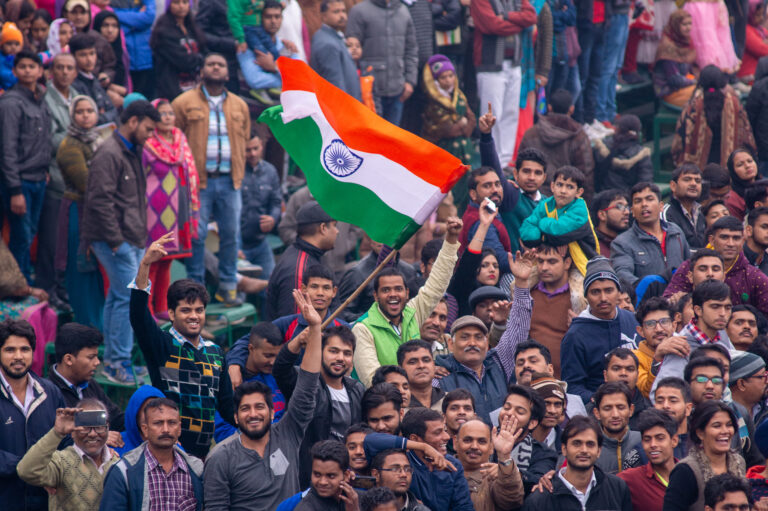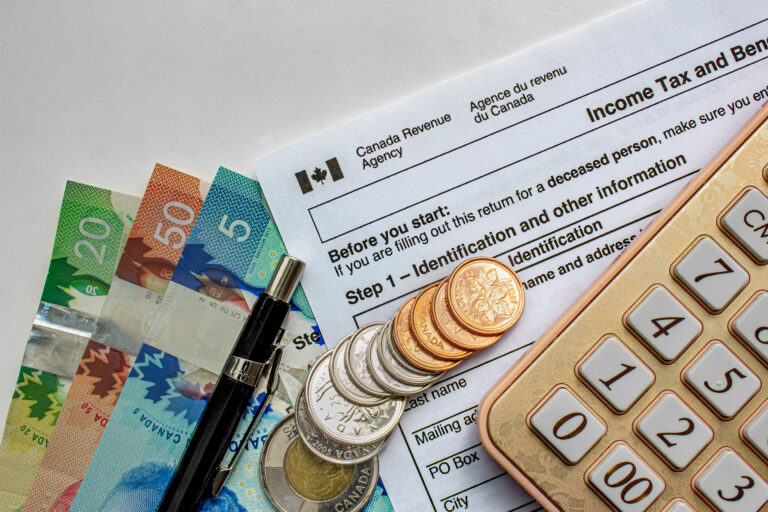If Smith can’t afford a new bicycle, is it because Brown owns two? If Smith’s bookshelf is empty, is Brown’s complete Margaret Atwood collection the reason why? If Smith has no new suits, is it because Brown has four Armanis hanging in his closet? And if Smith can’t afford three square meals a day, is Brown’s habit of wasting food to blame?
The last question has been pondered at length by Tammara Soma, research director at the Food Systems Lab at the University of Toronto. In a recent article published in Policy Options, Soma estimates the value of annual “food waste” in Canada at $107 billion, and alleges that this is a contributing factor to four million Canadians living in households that suffer from “food insecurity”. (A household is defined as food insecure if it “lacks money to purchase food, misses meals to cut costs, reduces food intake, or compromises the quality of the food it consumes.”)
Now you might expect Soma, who is also a Doctoral Scholar with the Pierre Elliot Trudeau Foundation, to recommend taking from the food-rich and giving to the food-poor. She carefully notes, however, that simply redistributing excess food from the wasters to the hungry is a bad solution.
Such a solution wouldn’t work in the long run, is unsustainable, and offends the dignity of the poor by treating them as a waste bin into which the rich dump their unwanted food. Instead, writes Soma, “We need to pause and go back to our collective creativity to truly understand the root cause of the problem.”
Whatever “collective creativity” is, surely it does not take much of it to figure out that poor people would be better able to afford food if they had higher wages and better jobs. But even if they did, Soma argues that “it is impossible to ignore the fact that there is also a significant amount of food wasted” – and this is a critical problem requiring urgent attention and action.
Soma’s recommended solution is an economic transformation away from our current “paradigm of wastefulness into a paradigm that is based on the principles of the circular economy. In essence, we need to close the loop between the production and consumption in our food system.”
Just as “Indigenous knowledge” will be part of Ottawa’s proposed new assessment process for pipelines and other resource development projects, Soma holds up the Indigenous principle of respect for plants as an example of how to reduce food waste: “From a policy perspective, ensuring collaboration with Indigenous elders, Indigenous enterprises, and Indigenous knowledge keepers is key to developing a framework of food waste prevention and reduction that is in tune with the principles of the Truth and Reconciliation Commission.”
Indigenous wisdom won’t solve the problem on its own, however, so corporate welfare for food innovation is also suggested as an appropriate government action to nudge private sector food retailers and restaurateurs into wasting less food.
These efforts might possibly reduce food waste, but of course would do nothing to reduce hunger. After all, Smith’s hunger can no more be blamed on Brown’s food waste than Smith’s lack of bicycles, books, and suits can be blamed on Brown’s abundance of these goods. Just as Brown’s latest bicycle purchase does not deprive Smith of bicycles, Brown’s food profligacy is not the source of Smith’s hunger pangs.
Indeed, bicycles, books, and clothing are widely available to the vast majority of Canadians for the same reason that the most extreme forms of hunger have been nearly eradicated in Canada and throughout the developed world. Both are the happy consequences of capitalism and private industry.
However, when government interferes with private industry in attempt to reduce food waste and food insecurity, the inevitable result will surely be more waste and not less.
Grocery stores, restaurants, and households only discard food when it is more economically advantageous – in other words, requires less resources – to produce or acquire new food than it is to salvage old food. Any government action to salvage old, unwanted food will consume more resources and exacerbate the “paradigm of wastefulness”.
It’s not just wonky left-wing Trudeau Foundation scholars who are advocating for bigger government and more economic intervention to reduce food waste. Recently Toronto Mayor John Tory declared “Stop Food Waste Day in the City of Toronto.”
But there is possibly one economic reason for the mayor to order his citizens to stop throwing out food. A recent news video featured a raccoon breaking into one of the City of Toronto’s new household green food waste bins. The bins were supposed to be “raccoon-proof,” and cost taxpayers $31 million. If Torontonians threw out less food, maybe the city could save some money on the next green bin upgrade.






